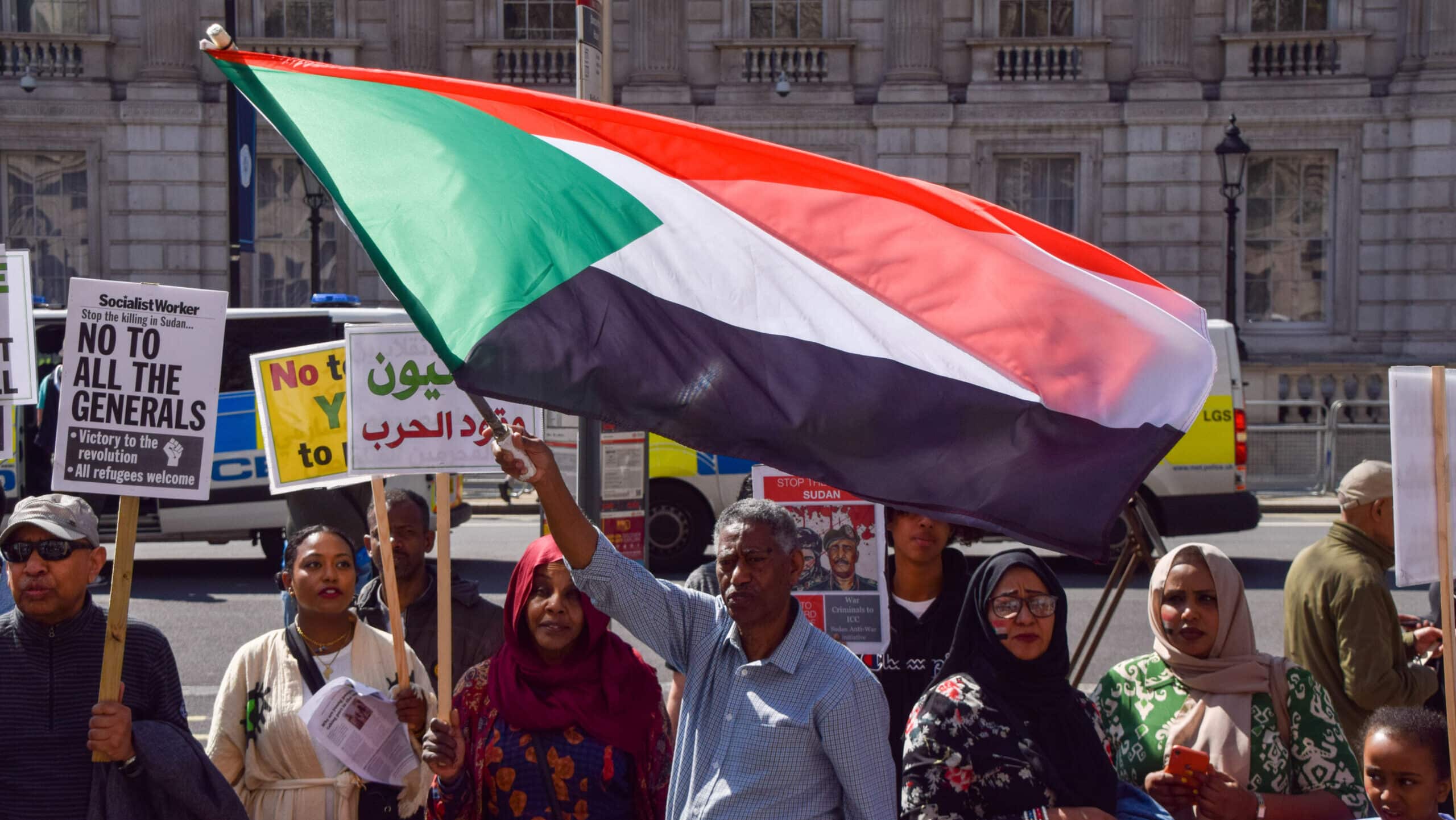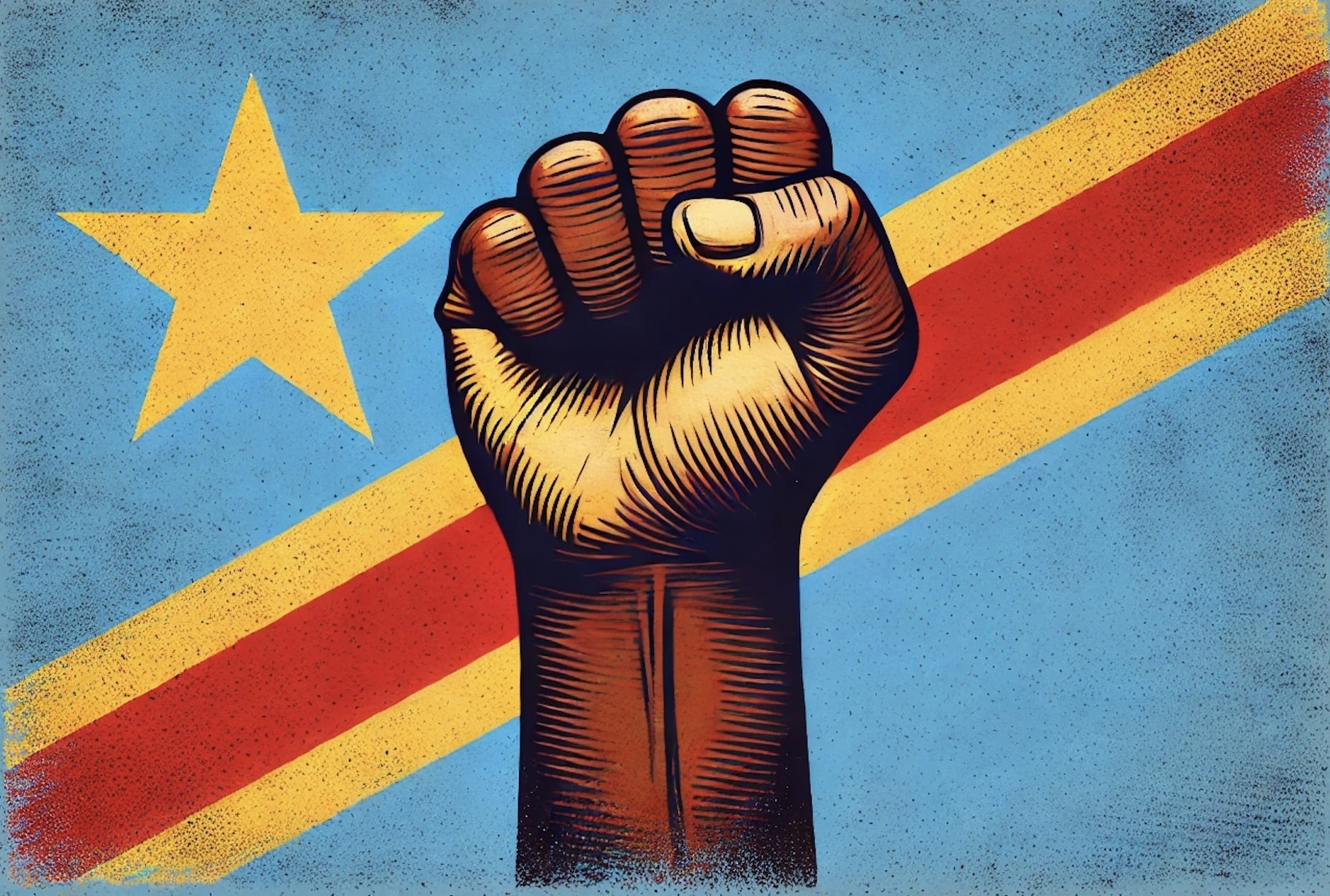Election campaigns in the Netherlands are low-budget operations. The most expensive campaigns cost about 3.5 million euros, and in the past 15 years the budgets have decreased rather than increased. These are budgets that big advertising agencies won't get out of bed for. You can make nice spots, posters and flyers with that kind of money, but you hardly have the budget to buy advertising time on TV. Although social media plays a huge role, traditional media are still crucial.
The likeable smoothie
A political party in the Netherlands cannot make a big impact with spots in commercial breaks due to lack of money. This tool is totally insufficient to create a positive image or to reverse a negative image. Moreover, almost all spots of all parties are broadcast in the last three weeks of the campaign. Viewers quickly get tired of this and cannot see the wood for the trees. The surf of a political party must therefore come from somewhere else. Spots, posters, flyers and social media are the resources for the real work: the debates and talk shows. Election campaigns are therefore mainly about the leaders. The leader's story is crucial. Where does she come from? What is his reputation? Does the leader have the X-factor? Is he a smooth operator or are there also (deviant) character traits that make him likeable?
Negative framing
We see political parties increasingly realising that the reputation of the leader and his or her performance in the media are all-important. Partly because of this, even In politics, the phenomenon of storytelling rise. A lot of energy is therefore put into colouring/framing the leader's reputation. In 2017, for instance, Jesse Klaver was portrayed (mirrored to Barack Obama) as a warrior with a difficult childhood, who fought his way up despite setbacks. A law of thumb is that if a party does not frame/ink its own leader in a positive way at lightning speed, its opponents will succeed in framing him/her negatively. The ultimate goal of your campaign is for the media to see your leader the way you want him to come across. For that, of course, your leader has to perform top-notch on TV. The first election debate is crucial for this. If you hit a home run there, you will have the wind at your back and a good result is in the offing. If it goes wrong, you also have few options to correct the image. "Reporters are repeaters" is a nice saying in this regard. A good reputation comes on foot and goes on horseback... Ad Melkert, Elco Brinkman and Emile Roemer can talk about it.
Archetypal leaders
We will see in the time to come that parties will see their leader archetypal try to frame. You can distinguish a number of leadership types in politics. For instance, there is "The new kid on the block", the new leader, the unwritten sheet that enters the arena with the promise of change (Wouter Bos, Diederik Samsom, Jesse Klaver.) Another type is the outsider, the apolitical leader who opposes the backroom deals in The Hague (Marijnissen, Fortuyn, Widers, Baudet.) Or we see a leader who has taken blows and is poked and prodded at the start: the comeback kid (Mark Rutte, Lodewijk Asscher.) And, of course, also the experienced leader, often the incumbent prime minister, to whom we can confidently leave the ship of state (Lubbers, Kok, Rutte.) It will be interesting to follow how the parties will position their leaders. Hurry, as it is crucial to take part in the first list leaders' debate and for that, a place in the front group is imperative.





